Hi,Serg: Thank you for the compliment. I will search for more about 'cone beam analysis', or is this a term you created?
To all:
I want to explain my use of the term 'dispersion angle'; I use it to describe the angle between colors of the spectrum in a dispersed beam, which changes with refraction.
'Dispersion' itself is a property of the material and does not change.
Does anyone know a specific technical term for 'dispersion angle' or 'spectral fan'? Of course, in 3D, this becomes a cone. Is that what you are talking about with 'cone beam analysis', Sergey?
To all:
I want to explain my use of the term 'dispersion angle'; I use it to describe the angle between colors of the spectrum in a dispersed beam, which changes with refraction.
'Dispersion' itself is a property of the material and does not change.
Does anyone know a specific technical term for 'dispersion angle' or 'spectral fan'? Of course, in 3D, this becomes a cone. Is that what you are talking about with 'cone beam analysis', Sergey?




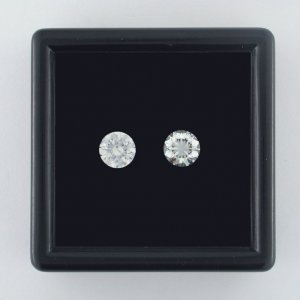
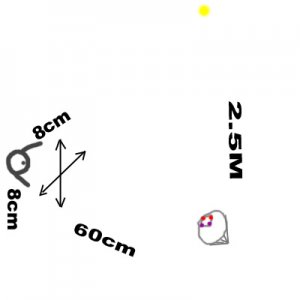

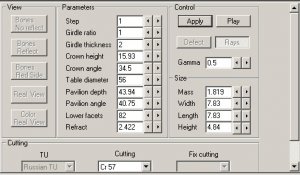
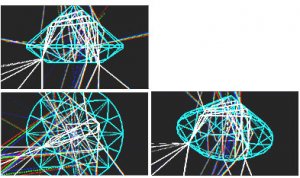

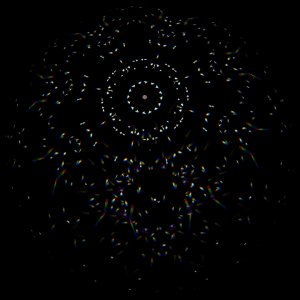






300x240.png)